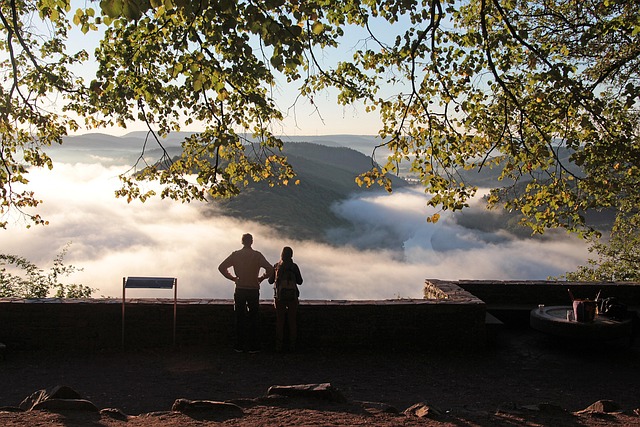Loop lighting is a classic technique that can elevate your photography game to new heights. For photographers looking to create captivating portraits, mastering loop lighting is essential. This lighting style, named for the small shadow it casts under the nose, creates a loop” on the subject’s cheek, adding dimension and character to the image.
When you think about the art of photography, the interaction between light and subject is crucial. Loop lighting offers a harmonious balance that results in flattering and engaging portraits. To achieve this effect, position your light source at a 30-45 degree angle from your subject. This angle will produce that coveted shadow under the nose, distinguishing loop lighting from other techniques. With the right camera settings and optics, you can create stunning depth in your images.
Don’t forget to consider your camera’s aperture settings; a wider aperture can blur the background, making your subject pop. Additionally, using a reflector can help fill in any unwanted shadows, giving your portraits a softer, more polished look. This subtle interplay of light and shadow results in images that resonate emotionally, capturing the essence of your subject.
Loop lighting is also versatile; it works beautifully across various skin tones and ages, making it a must-try for any photographer. While experimenting, pay attention to your subject’s expressions. The right lighting can enhance their natural beauty, making those candid moments truly shine. With practice, you’ll find yourself intuitively setting up loop lighting scenarios as you work with different people and environments.
In the realm of photography, understanding light is as important as mastering your camera’s settings. Great optics and an exquisite eye for detail can transform your photographs. Incorporating loop lighting into your workflow not only showcases your technical skills but also adds a unique touch to your work. Whether you’re shooting in a studio or outdoors, the principles of loop lighting can be applied in myriad environments.
Remember, practice makes perfect! Try practicing loop lighting on friends or family members in different environments or at various times of day. The shifting natural light can yield exciting results, and you just might discover new techniques along the way. As you become proficient in loop lighting, you’ll start to see how it can create moods, tell stories, and evoke emotions—all essential elements in photography.
Ultimately, mastering loop lighting isn’t just about the mechanics; it’s about the artistry of creating evocative images that resonate with viewers. Dive into this enlightening journey, and let your creativity shine through the lens of your camera!




